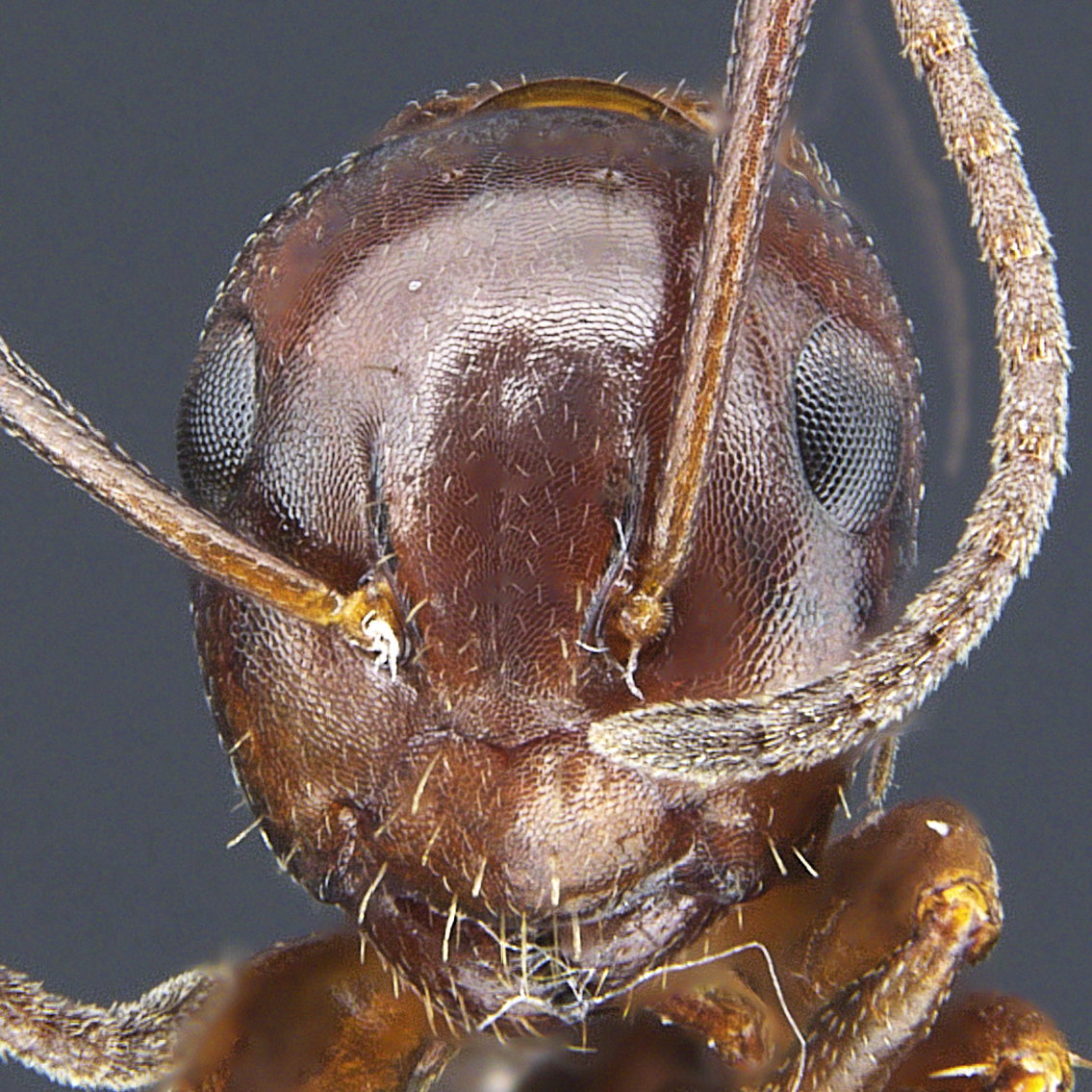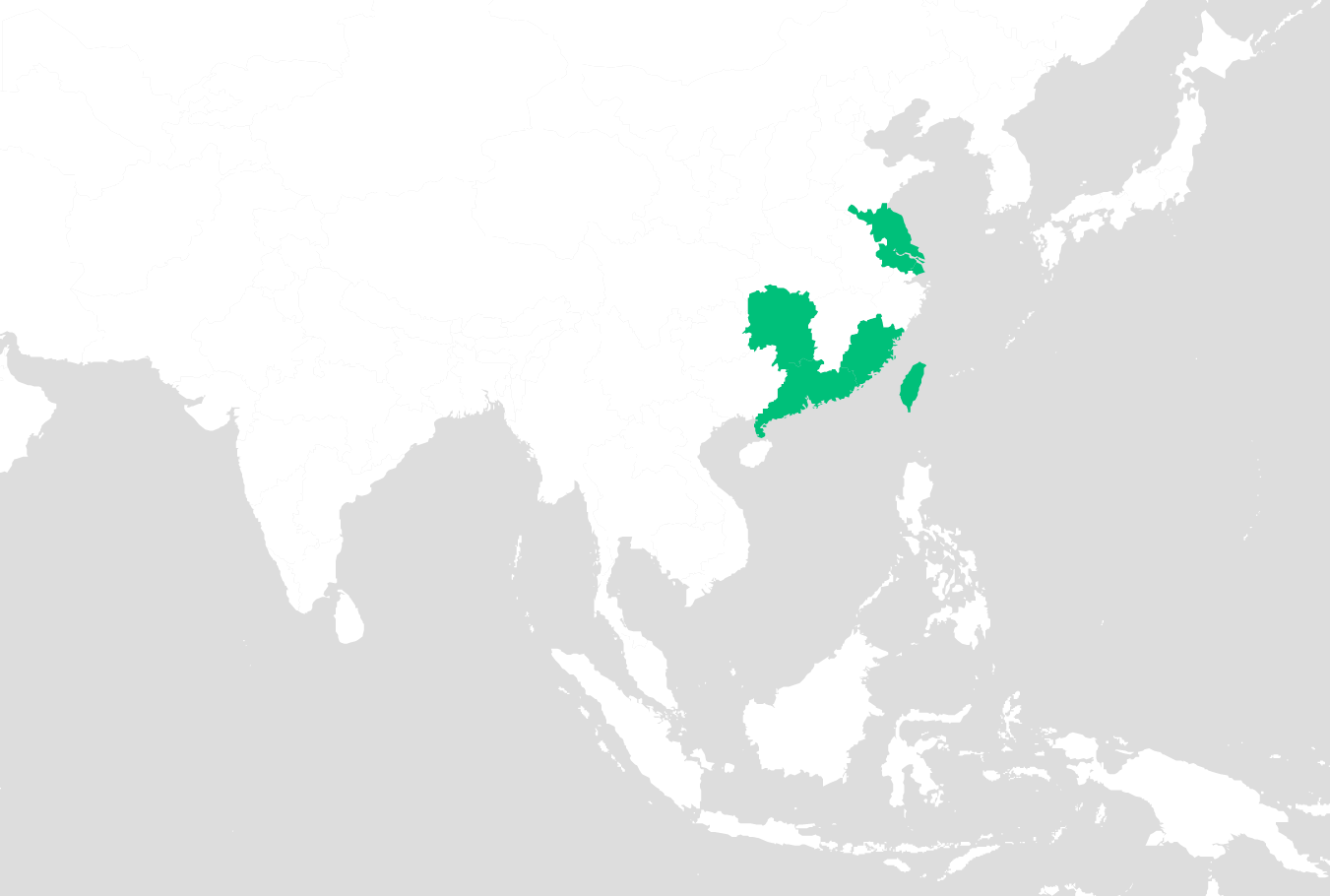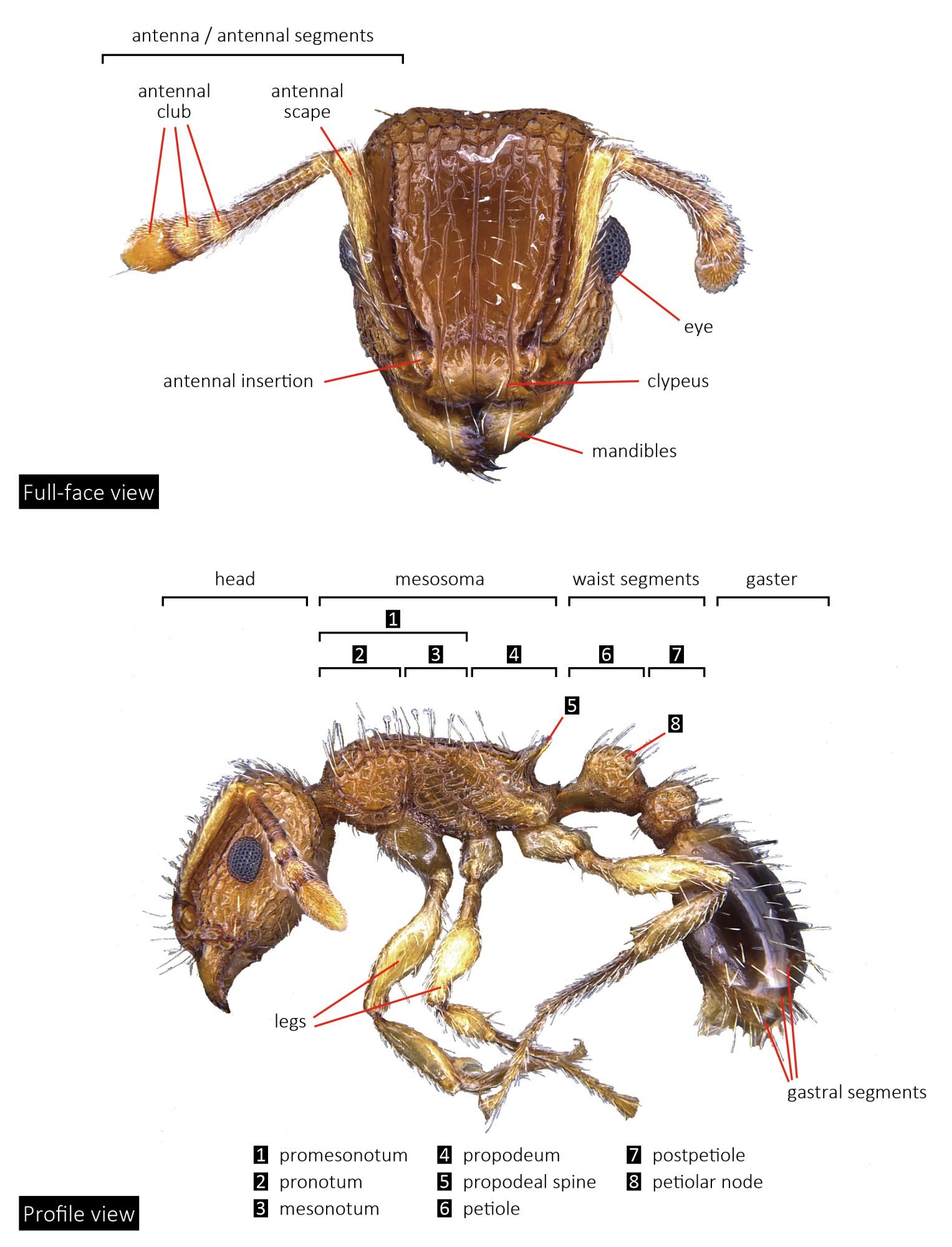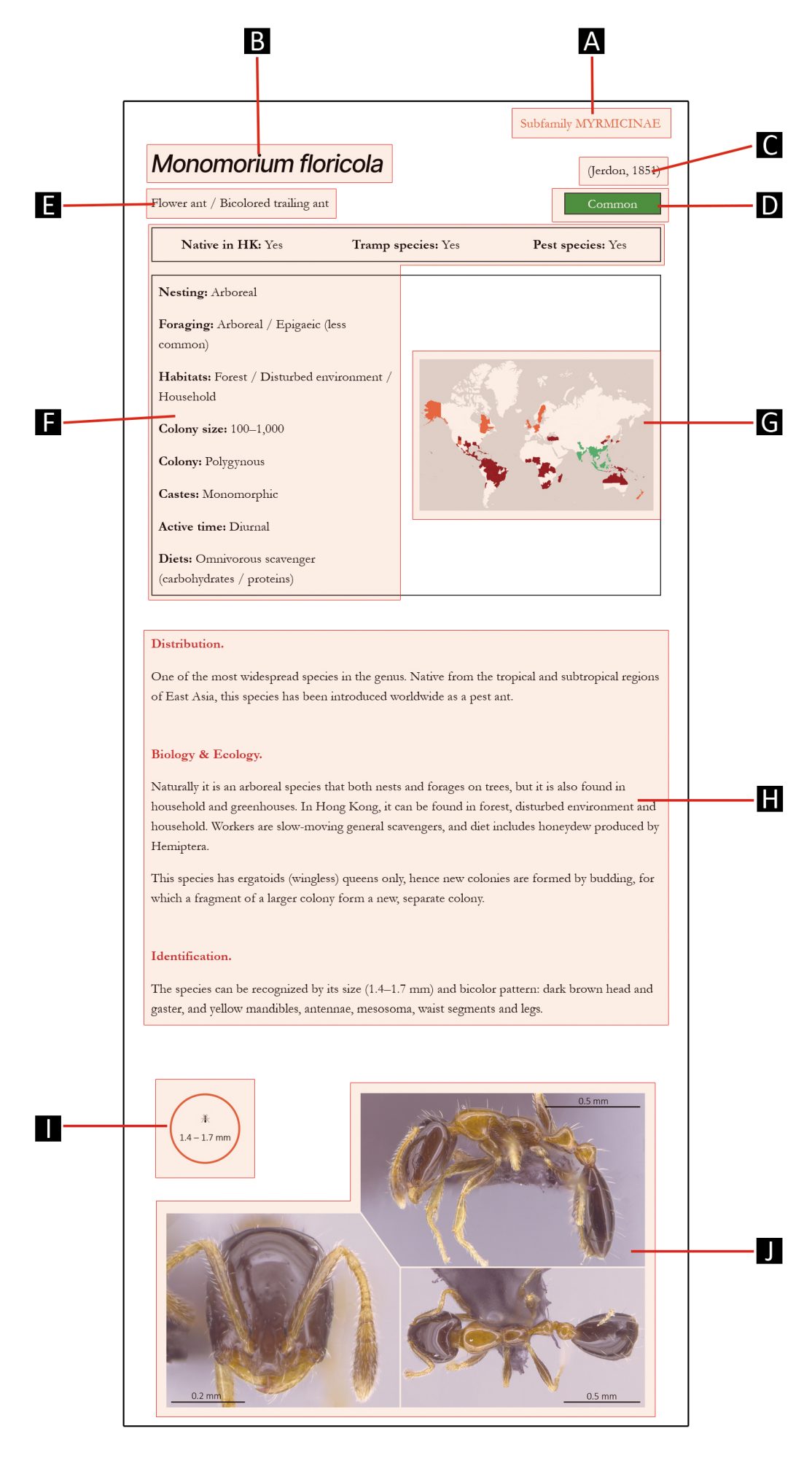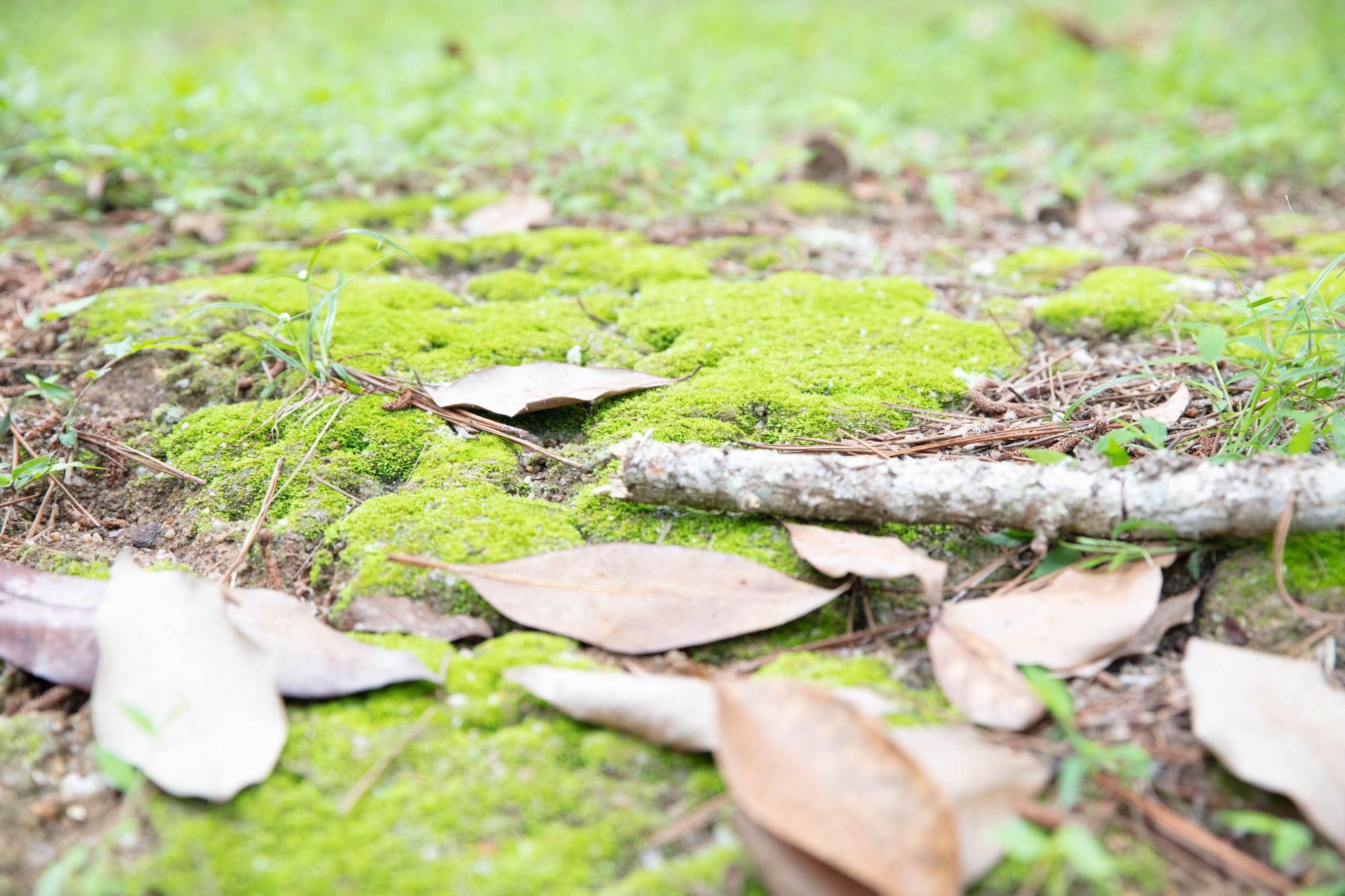
Subfamily FORMICINAE
Camponotus lighti
Wheeler, 1927
Uncommon
Native in HK: Yes
Tramp species: No
Pest species: No
Distribution.
Native from the subtropical regions of East Asia, this species has very limited distribution.
Biology & Ecology.
The species is known to nest inside decaying wood on the ground and forage on trees. It is native to Hong Kong and can be found in forest.
This species is polymorphic, meaning that its workers can be sorted into more than two subcastes: the larger major workers and the smaller minor workers, with intermediate subcastes in-between.
Identification.
Major workers of the species can be recognized by their head that is as broad as long, while minor workers with head that is slightly longer than broad. Both major and minor workers have long antennal scapes that surpass the posterior margin of head. Workers’ mandibles, clypeus, antennae, pronotum and legs are reddish brown in color, in contrast with the darker color on other parts of the body.

